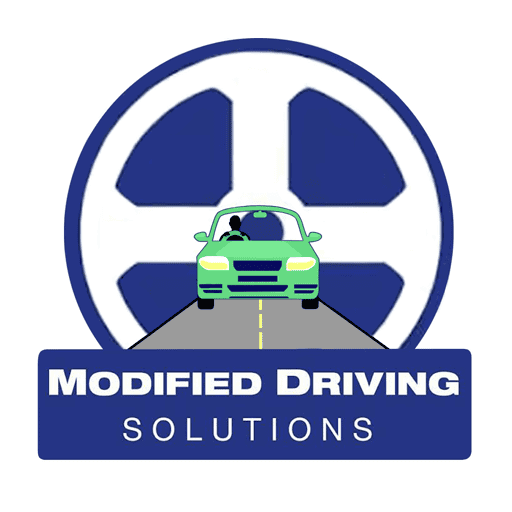In NSW, it is a legal standard that if a driver has a significant disability or medical condition that may influence their capacity to drive, the Roads and Maritime Services (RMS) must be made aware of this condition. The RMS does not require a medical review or report (or for any condition to be endorsed to your licence) if you have a minor disability or amputation, provided you have nil other medical conditions. Examples of minor disabilities are loss of toes, mild joint stiffness, and slight differences in lengths of limbs. Temporary medical issues (e.g. short-term injuries such as a broken leg) also do not need to be declared.
However, for serious medical conditions such as amputations or permanent disabilities, the RMS must be informed. Serious amputations or disability can include loss of or serious impairment in one or both legs, loss of or serious impairment in one or both arms, or the loss of three or more fingers in one hand. In these situations, drivers will likely need vehicle modifications to drive safely, to ensure their safety and that of other road users. This article will outline the process involved when obtaining a driving assessment for amputation.
Deciding on the driving assessment
As with any medical condition that may impact on a person’s driving ability, their doctor (GP or specialist) plays a crucial role in determining whether they need a driving assessment amputation. The doctor needs to perform appropriate medical assessments and observations looking at the person’s current level of functioning and likely effect on driving. They also complete the RMS ‘Fitness to drive’ form, where they will indicate that the person requires the driving assessment amputation for the purpose of prescribing vehicle modifications. As the doctor does not actually witness or observe someone driving, determining the modifications needed is completed by a Driver Trained Occupational Therapist (OT). Your doctor may refer you to a suitable OT, or you may find one yourself who performs driving assessment amputation. This OT is a university-trained professional who has finished a unique qualification to perform these assessments (i.e., not all OTs can do these assessments).
Once you have been referred to Modified Driving Solutions, our Driver Trained OTs will assess if your condition affects your ability to drive safely, and determine what vehicle modifications or aids you may require.
- The Occupational Therapy Driving Assessment consists of two parts:
Off-road Assessment: The OT will attend your residence and conduct a physical, cognitive and visual screen. The OT will also ask about your relevant medical and driving history, as well as your current needs/plans in relation to driving. The assessment will determine the extent of your physical condition and identify any other deficits observed that may change your ability to drive. The OT will also identify what vehicle modifications or aids you may require for the On-road Assessment. - On-road Assessment: You will drive a vehicle with dual controls and the specified modifications or aids installed (the driving instructor will install the modifications or aids as needed). The OT and a Driving Instructor trained in driver rehabilitation will conduct the assessment. The assessment will take place in your local area and will aim to encounter various driving and traffic conditions. The assessment will focus on the deficits noted from the Off-road Assessment, and may also pick up other issues. The assessment will determine if your physical disability or amputation impacts on your ability to drive safely and if you require the vehicle modifications to drive safely and to RMS standards. You will be asked to drive for approximately 1 hour.

Outcome of the Driving Assessment amputation
After the driving assessment amputation, the OT will speak with you about the conclusions drawn from the assessment. If it is assessed by the OT that due to your amputation, you require vehicle modifications, the specific modifications or aids will be endorsed on your licence, and you will only be allowed to drive with the modifications. The driving assessment amputation report will be sent to your referring doctor, RMS and any other relevant party (e.g. insurance company).
You may also require lessons with a Driving Instructor trained in driver rehabilitation to become competent in driving with the new driving aids or modifications. The number of additional lessons a person requires varies between individuals and will depend on their progress with learning to use the modifications or aids. The Driving Instructor and OT will monitor your progress with the lessons and make any changes to the lesson plan or other interventions as required.
Once you are competent with the modifications you will sit the RMS disability test. This is a similar format to a Learner’s test, except you will be driving with the modifications. If you pass this test, your licence will be upgraded to a full unrestricted licence, with the driving modification or aid endorsed. You will then receive support with finding a vehicle modifier to purchase and install the modifications into your vehicle.
